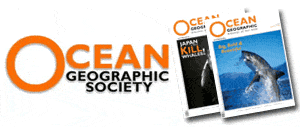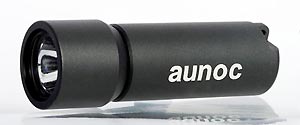- Home
- Directory
- Shop
- Underwater Cameras - Photographic Accessories
- Smartphone Housings
- Sea Scooters
- Hookah Dive Systems
- Underwater Metal Detectors
- Dive Gear
- Dive Accessories
- Diving DVD & Blu-Ray Discs
- Diving Books
- Underwater Drones
- Drones
- Subscriptions - Magazines
- Protective Cases
- Corrective Lenses
- Dive Wear
- Underwater Membership
- Assistive Technology - NDIS
- On Sale
- Underwater Gift Cards
- Underwater Art
- Power Stations
- Underwater Bargain Bin
- Brands
- 10bar
- AOI
- AquaTech
- AxisGo
- Backscatter Underwater Video and Photo
- BLU3
- Cayago
- Chasing
- Cinebags
- Digipower
- DJI
- Dyron
- Edge Smart Drive
- Eneloop
- Energizer
- Exotech Innovations
- Fantasea
- Fotocore
- Garmin
- Geneinno
- GoPro
- Hagul
- Hydro Sapiens
- Hydrotac
- Ikelite
- Indigo Industries
- Inon
- Insta360
- Intova
- Isotta Housings
- Jobe
- JOBY
- Kraken Sports
- LEFEET
- Mirage Dive
- Nautica Seascooters
- Nautilus Lifeline
- NautiSmart
- Nitecore
- Nokta Makro
- Oceanic
- Olympus
- OM System
- Orca Torch
- Paralenz
- PowerDive
- QYSEA
- Scubajet
- Scubalamp
- Sea & Sea
- SeaDoo Seascooter
- SeaLife
- Seavu
- Shark Shield
- Sherwood Scuba
- Spare Air
- StickTite
- Sublue
- Suunto
- SwellPro
- T-HOUSING
- Tusa
- U.N Photographics
- Venture Heat
- XTAR
- Yamaha Seascooter
- Youcan Robot
Bombs, Turtle Soup and the World's Largest Sanctuary
Contributed by DaisyB
The history of our vast continents mountains, deserts, adventurers
and fighters is well known but that of our watery periphery is often
overlooked. Australia’s Coral Sea has a fascinating story and if the
government continues with its current plans it will become one of the
largest safe havens for marine life on the planet.
 The Coral Sea extends between
Australia’s Great Barrier Reef, north up to Papua New Guinea, and over
to the Solomon Islands and New Caledonia in the east. Australia’s
jurisdiction includes nearly 1 million square kilometres of clear
tropical waters and is one of the healthiest areas left in our global
oceans.
The Coral Sea extends between
Australia’s Great Barrier Reef, north up to Papua New Guinea, and over
to the Solomon Islands and New Caledonia in the east. Australia’s
jurisdiction includes nearly 1 million square kilometres of clear
tropical waters and is one of the healthiest areas left in our global
oceans.
But the Coral Sea hasn’t always been the natural icon it is now. It has
a chequered past dotted with countless tales of human ingenuity. When
it was named the ‘Corallian Sea’ by Captain Matthew Flinders he
commented on how few ships passed through the treacherous waters
without encountering a coral reef. As the decades rolled by the Coral
Sea’s islands and cays became an increasingly sought after site for
harvesting guano (or bird poo to most of us) for use as a fertiliser
which was shipped to the mainland.
When the hawksbill and green turtles were hatching on islands in the
Great Barrier Reef in the late 1800s to the mid 20th century they may
have witnessed the fellow turtles being unsustainably killed on the
beaches in their thousands. Their gorgeous shells were taken from their
backs and meat was used for tinned soup.
 The Coral Sea is the birthplace of
the Eastern Australian Current and any fans of Finding Nemo can imagine
the thousands of turtles cruising these tropical waters. Throughout the
early 1900s you could even take a ride on a turtles back in many
coastal Queensland towns. What an incredible thought – turtle riding
was a tourist activity!
The Coral Sea is the birthplace of
the Eastern Australian Current and any fans of Finding Nemo can imagine
the thousands of turtles cruising these tropical waters. Throughout the
early 1900s you could even take a ride on a turtles back in many
coastal Queensland towns. What an incredible thought – turtle riding
was a tourist activity!
As the world was drawn ever more into conflict during World War II the
Coral Sea was the site of Australia’s most significant naval battle:
The Battle of the Coral Sea. On the 7th and 8th of May 1942 allied and
Japanese forces fiercely attacked one another’s ships from the air.
This was the first time during WWII that the Japanese were defeated at
a major battle and it turned the tide of the war in the Pacific. 656
allied and 966 Japanese personnel were killed in the tragedies of the
battle.
As commercial whaling was transformed with the advent of explosive
harpoons the Coral Sea became a sight of significant slaughter of
humpback and sperm whales reaching its height in the 1950s. Numbers
rapidly dwindled and as time progressed whale watching became a
favourite holiday attraction for Australian’s as we began to value the
best of nature’s playgrounds. But it wasn’t until 1979 that Prime
Minister Fraser finally pulled the pin on Australian whaling.
Today the Coral Sea is hailed as one of the few remaining areas where
large pelagics like tuna, marlin and sharks are still abundant, and
isolated tropical reefs still pulse with the rhythm of nature. Many
divers will know of the Coral Sea’s incredible dive sites like Osprey,
(particularly if you’re interested in shark encounters), Shark, Vema,
Holmes, Marion and Saumarez reefs just to name a few. If you’ve been
then you’ve had a glimpse of some of the best diving the world has to
offer.
 The
next chapter in the Coral Sea will be a fascinating one. Late last year
the federal government released a proposal to protect the Coral Sea in
a very large marine park which excludes oil and gas drilling as well as
trawling but leaves over 90% of the reefs unprotected.
The
next chapter in the Coral Sea will be a fascinating one. Late last year
the federal government released a proposal to protect the Coral Sea in
a very large marine park which excludes oil and gas drilling as well as
trawling but leaves over 90% of the reefs unprotected.
As divers we all know that coral reefs are the lifeblood, or the blue
heart of our ocean as Dr. Sylvia Earle so vividly described them. To
leave them unprotected when the chance is there to do something
extraordinary is to miss an opportunity our marine life cannot have
slip by. Please visit www.protectourcoralsea.org.au
to add your voice
to the call and urge the Government to protect all of the Coral Sea’s
reefs, underwater volcanoes, important breeding sites for tuna and
marlin, and critical migration routes for turtles and whales. We’ve got
until Feb 24 to make a submission and turn the tide in favour of our
marine life.
Underwater legend Valerie Taylor AM has narrated a short clip which
captures the beauty of the Coral Sea.
“I’ve seen the changes that have occurred in our oceans over many years. Establishing a very large, highly protected marine national park in the Coral Sea would safeguard this special area just like national parks do on land” Valerie Taylor AM.
Thank you to Undersea Productions for pro bono filming and production
services.
Shopfront
-
 Scubalamp V4K V3 Movie Grade Photo/Video Light - 8,000 lumens
Scubalamp V4K V3 Movie Grade Photo/Video Light - 8,000 lumens
- Price A$ 699.00
-
 Scubalamp V6k V3 Movie Grade Photo/Video Light - 12,000 lumens
Scubalamp V6k V3 Movie Grade Photo/Video Light - 12,000 lumens
- Price A$ 899.00
-
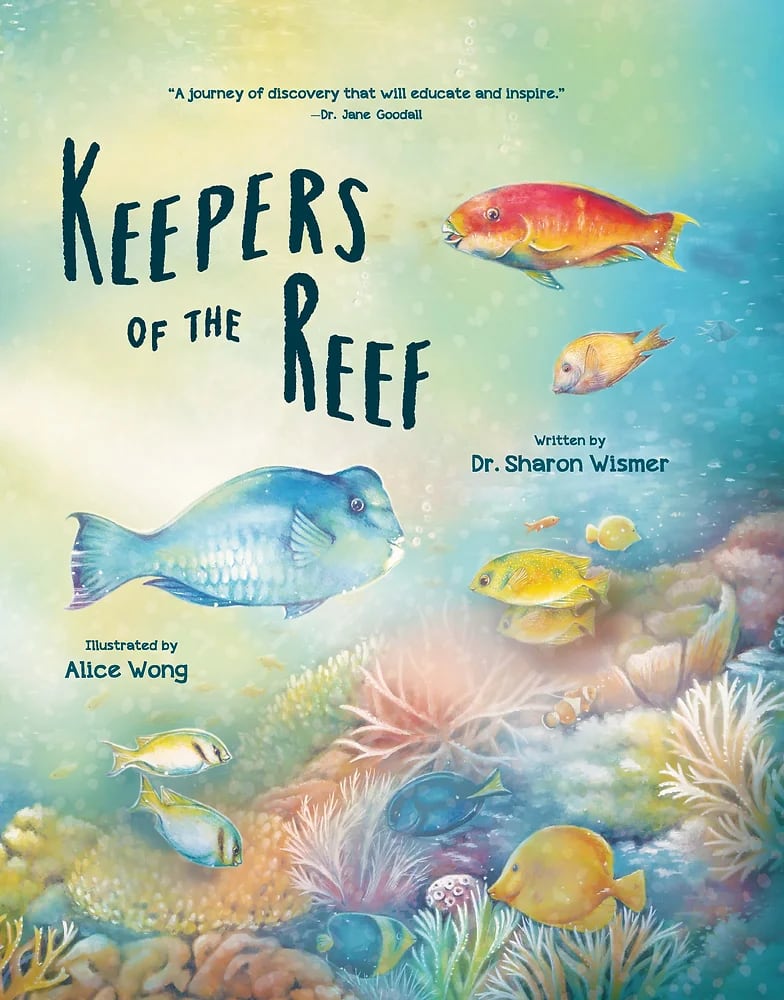 Keepers of the Reef
Keepers of the Reef
- Price A$ 31.95
-
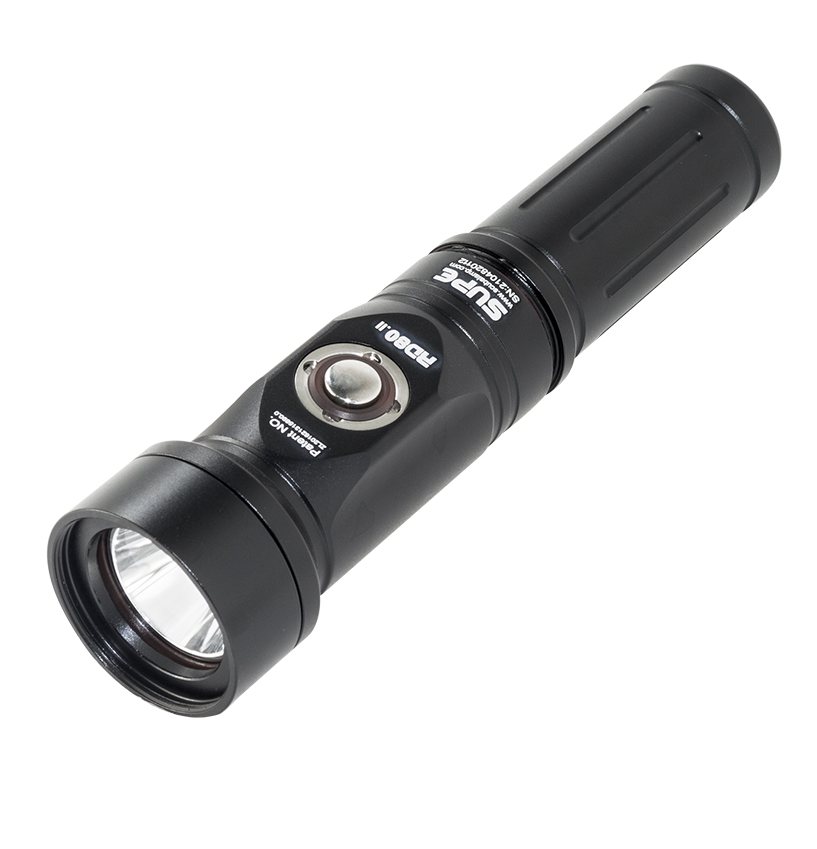 Scubalamp RD80 V2 LED Dive Light - 1500 lumens
Scubalamp RD80 V2 LED Dive Light - 1500 lumens
- Price A$ 119.00
-
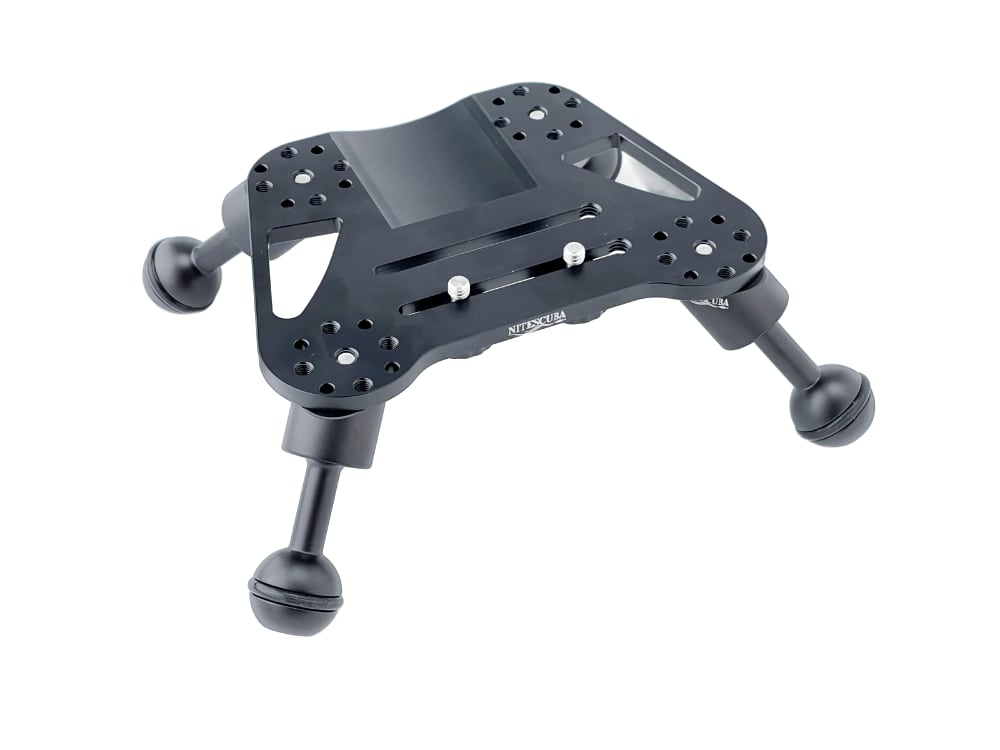 Nitescuba Tripod Bracket for Underwater Camera Housings
Nitescuba Tripod Bracket for Underwater Camera Housings
- Price A$ 249.95
In the Directory

 AquaTech Australia
AquaTech Australia
Since 1998 AquaTech has been at the forefront of the design and manufacture of professional photographic accessories.
 Ikelite Australia - Underwater Photographics
Ikelite Australia - Underwater Photographics
Underwater Australasia is official dealer for all Ikelite products since 1999 and we can help you with all your Ikelite video and digital camera housings needs as well as accessories such as strobe packages, ports and more. Sales to Australia only.


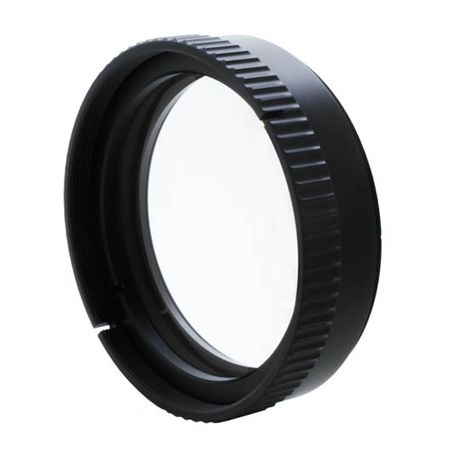

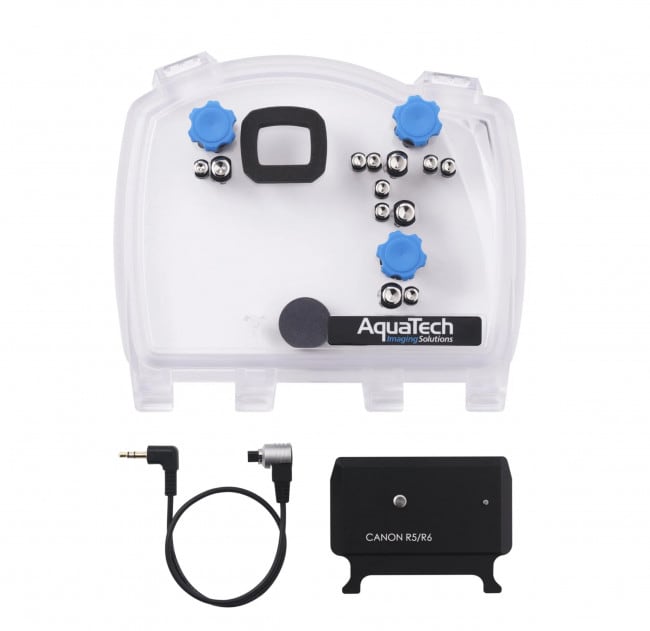
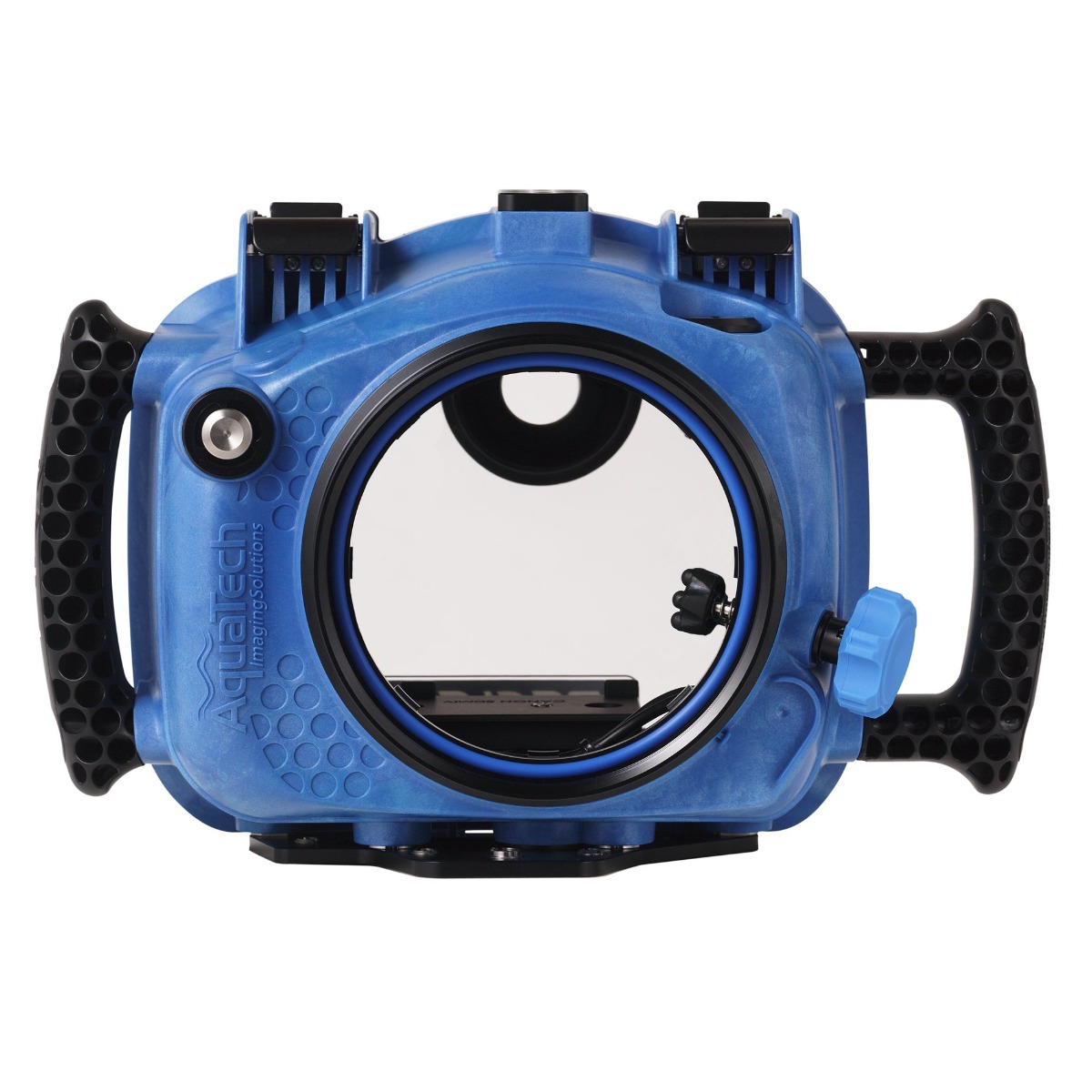
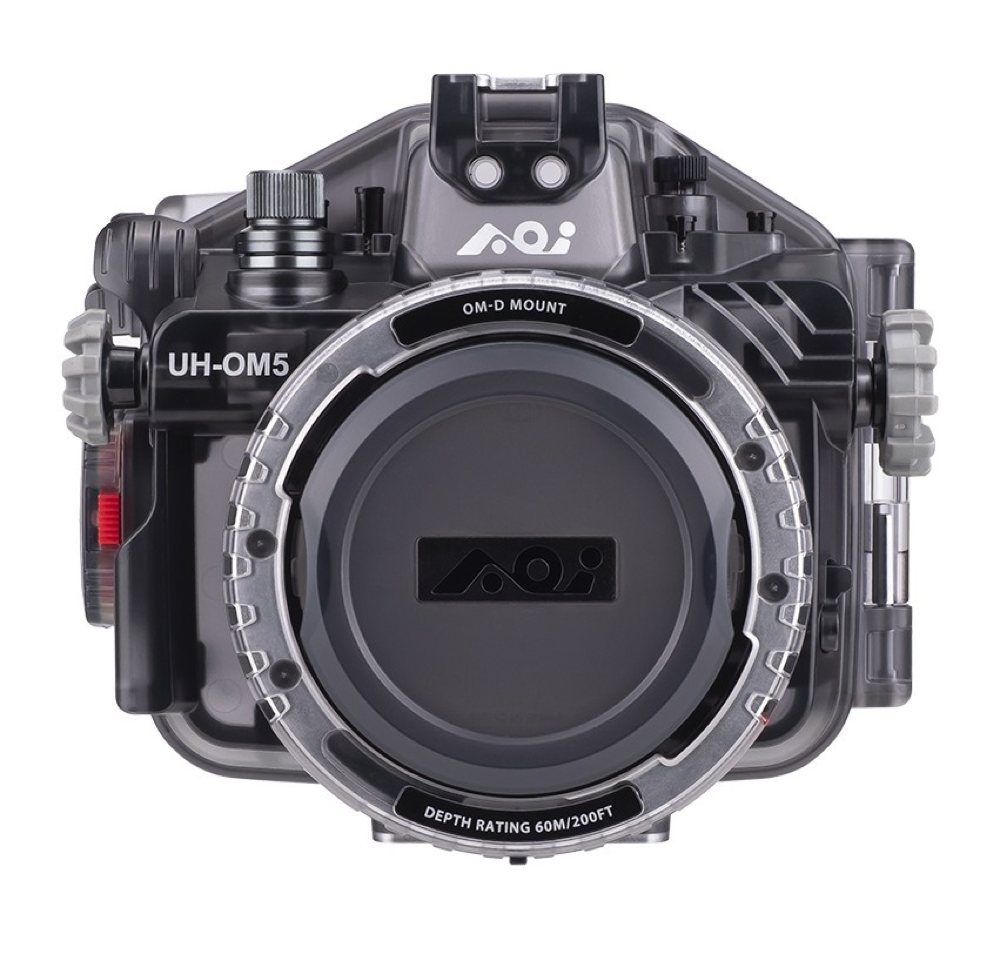
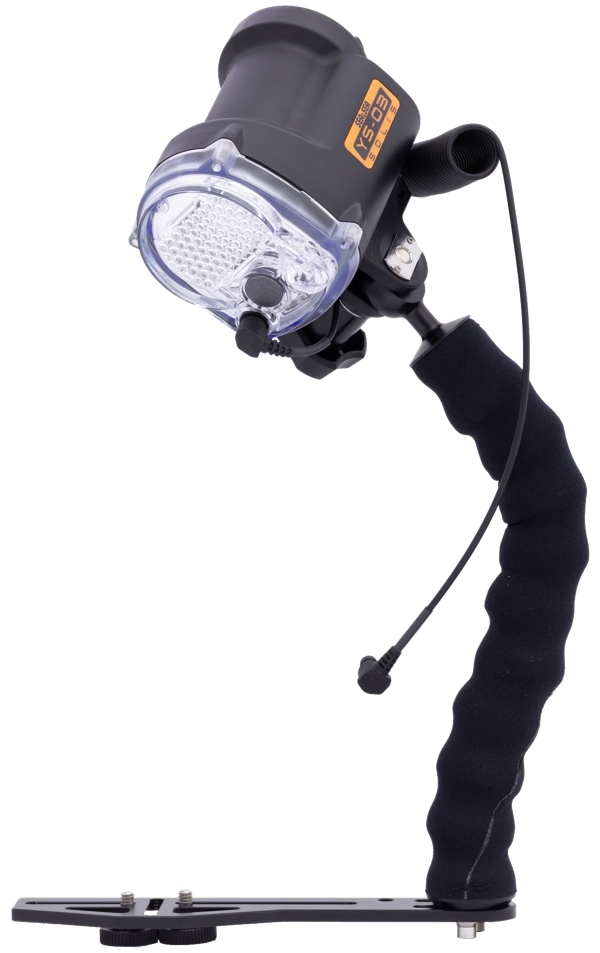
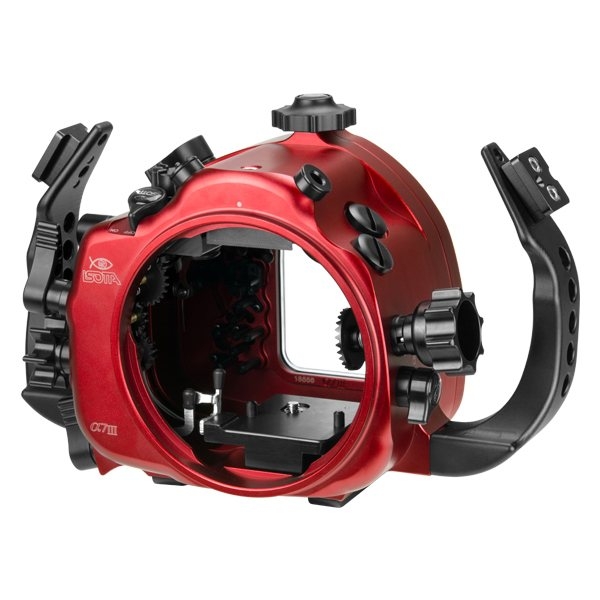
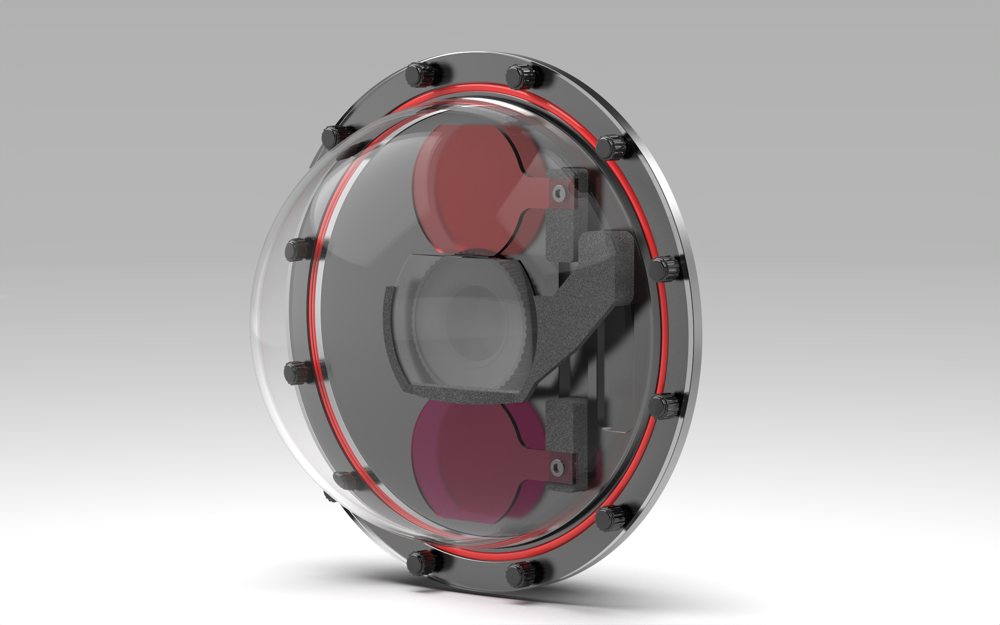



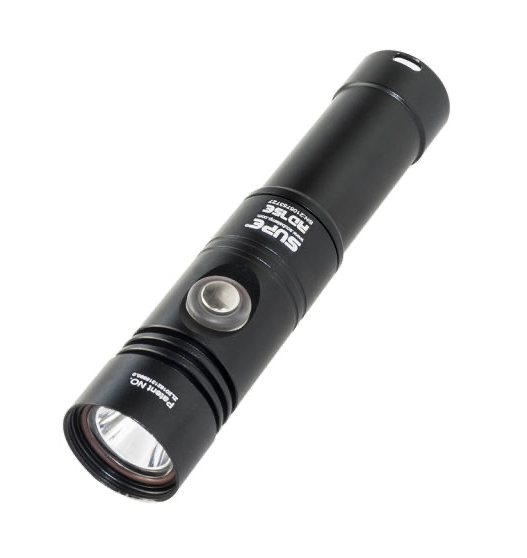 SUPE Scubalamp RD75E LED Recreational Diving Torch - 1200 lumens
SUPE Scubalamp RD75E LED Recreational Diving Torch - 1200 lumens  Scubalamp PV73 Photo/Video Light - 7000 wide plus 2500 lumens spot
Scubalamp PV73 Photo/Video Light - 7000 wide plus 2500 lumens spot 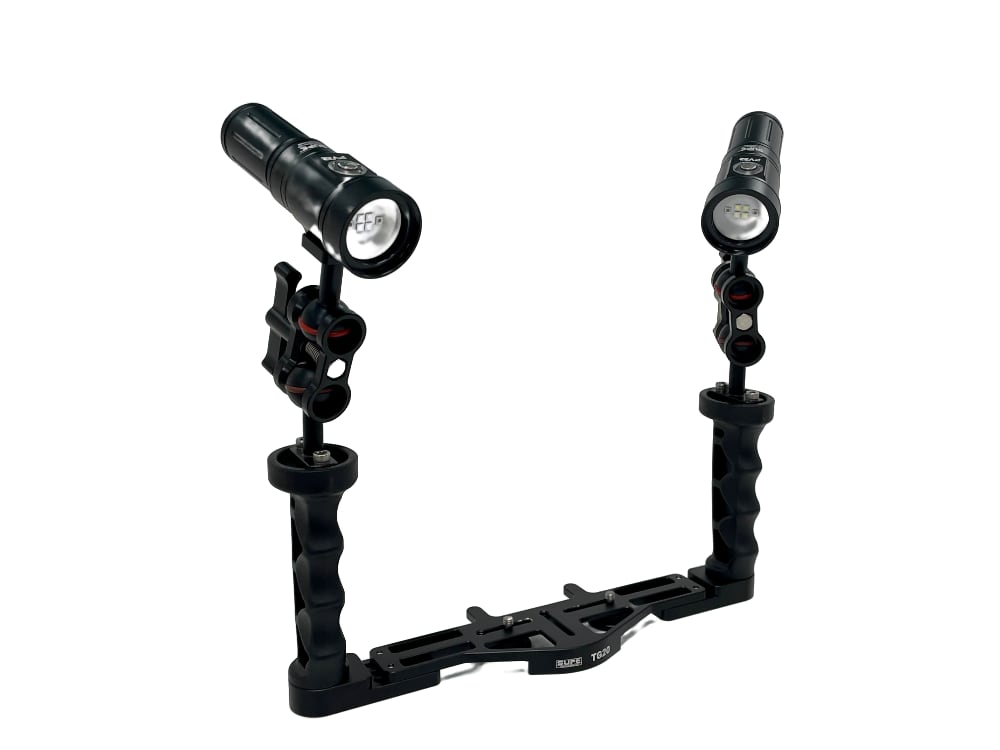 Video Light Package with tray and arms - 4000 lumens - Scubalamp PV22 x 2
Video Light Package with tray and arms - 4000 lumens - Scubalamp PV22 x 2 


